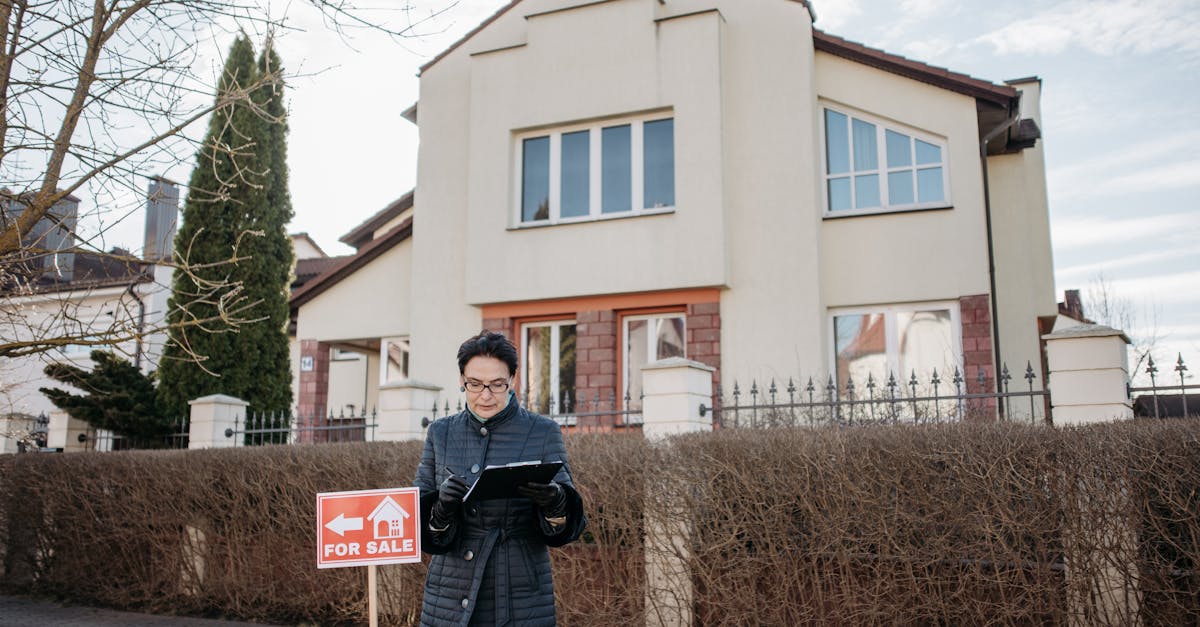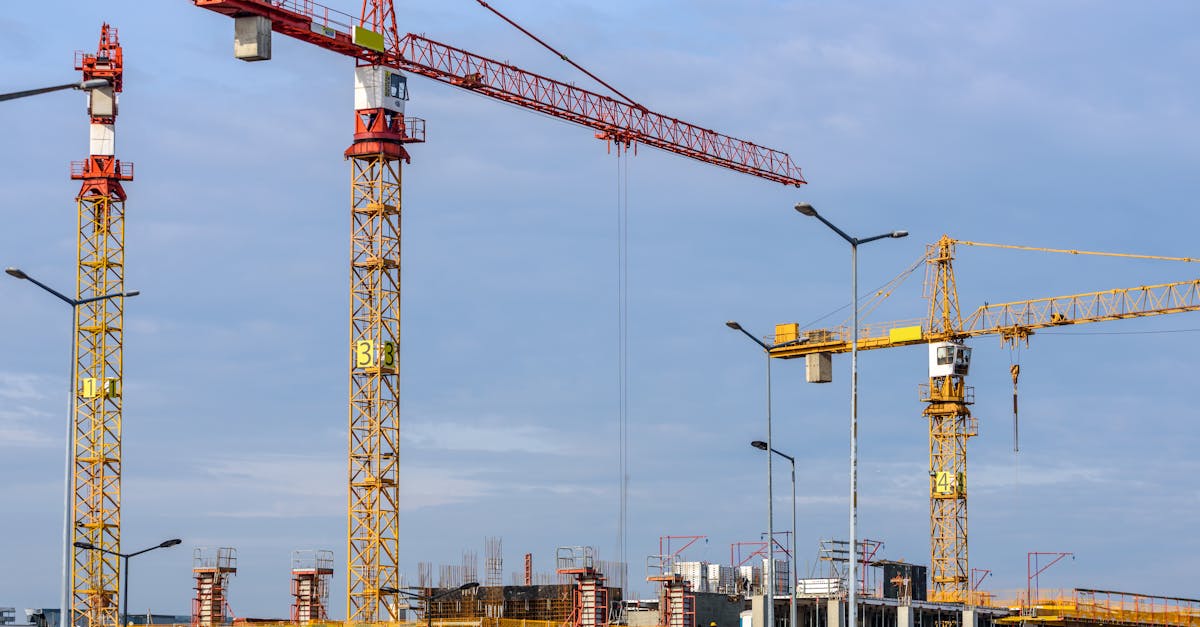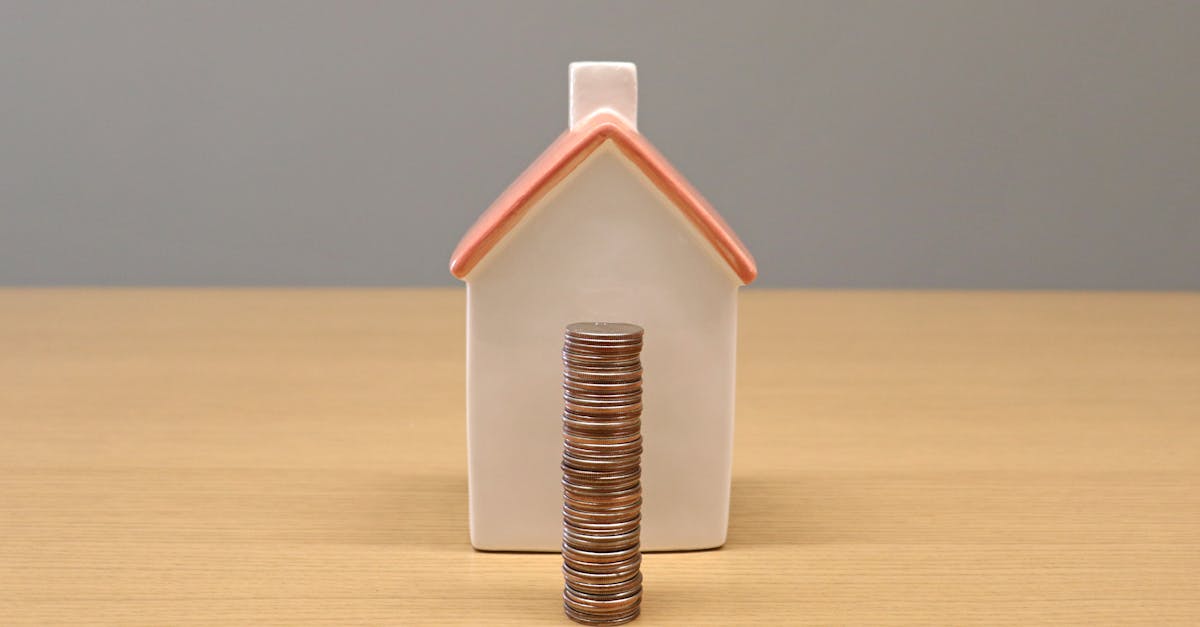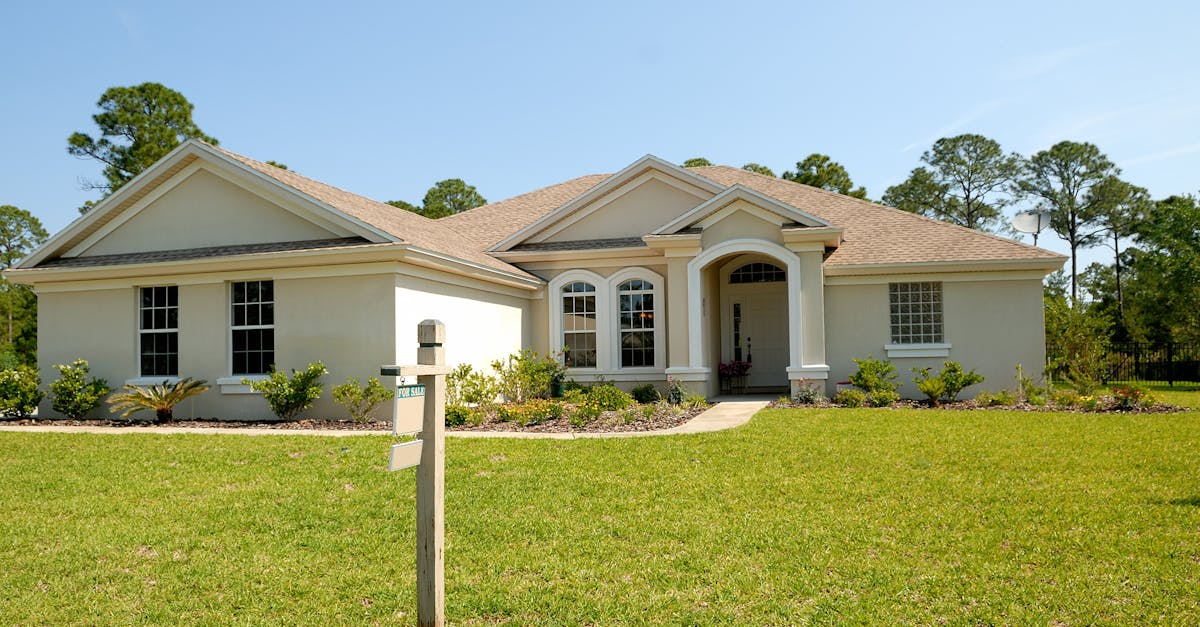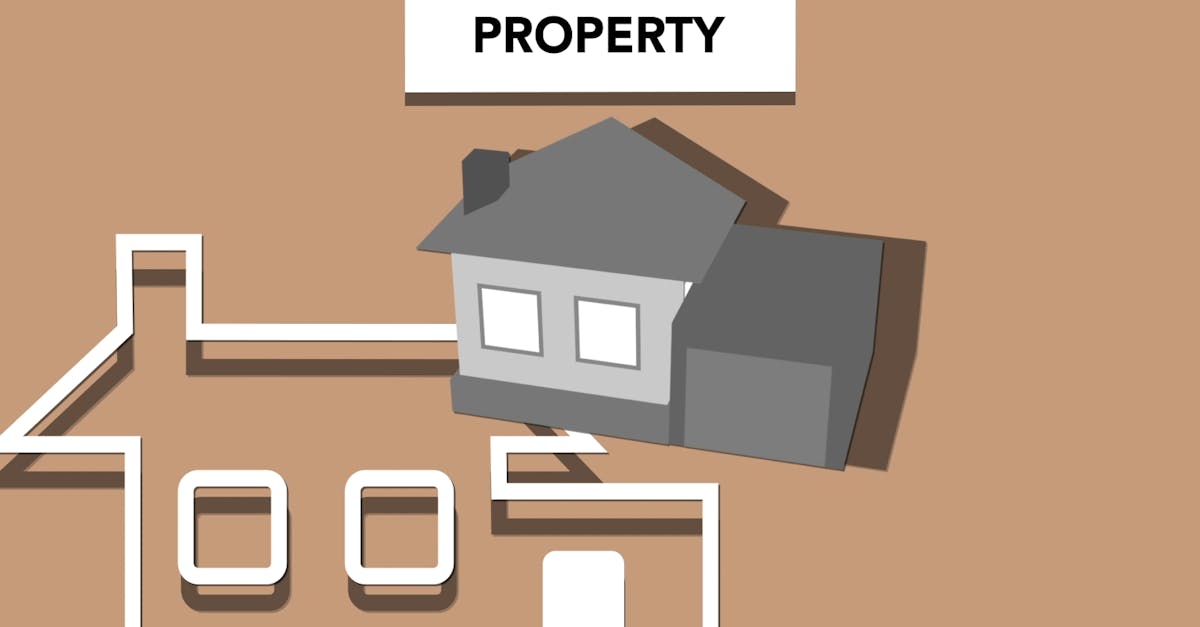Understanding the Impact of Interest Rates on Real Estate Values
Introduction to Interest Rates and Real Estate
Interest rates are a pivotal determinant in the housing market that directly influences real estate values. They represent the cost of borrowing money and serve as a natural balancing mechanism for economic health. When interest rates change, they impact mortgage rates, affecting both the affordability of housing and buyer demand. Economists and real estate professionals alike monitor interest rates closely, as they can signal broader economic trends. The interplay between interest rates and real estate values can be complex, leading to sometimes unpredictable market behaviors. Understanding this dynamic is crucial for anyone involved in the real estate market — from potential homebuyers to seasoned investors.
Advertisement
Interest Rates: The Underlying Mechanics
Interest rates are influenced by the decisions of central banks and reflect the broader economic environment. The Federal Reserve, for instance, adjusts rates to control inflation and stabilize the economy. A lower interest rate environment is often seen as a stimulus to economic growth, while higher rates might indicate an attempt to cool an overheating market. These changes dictate how costly or affordable borrowing becomes. For real estate, this means that as the cost of borrowing fluctuates, so does the financial burden on homebuyers and investors. Understanding the mechanics of interest rates provides insight into the economy's current state and its potential future direction.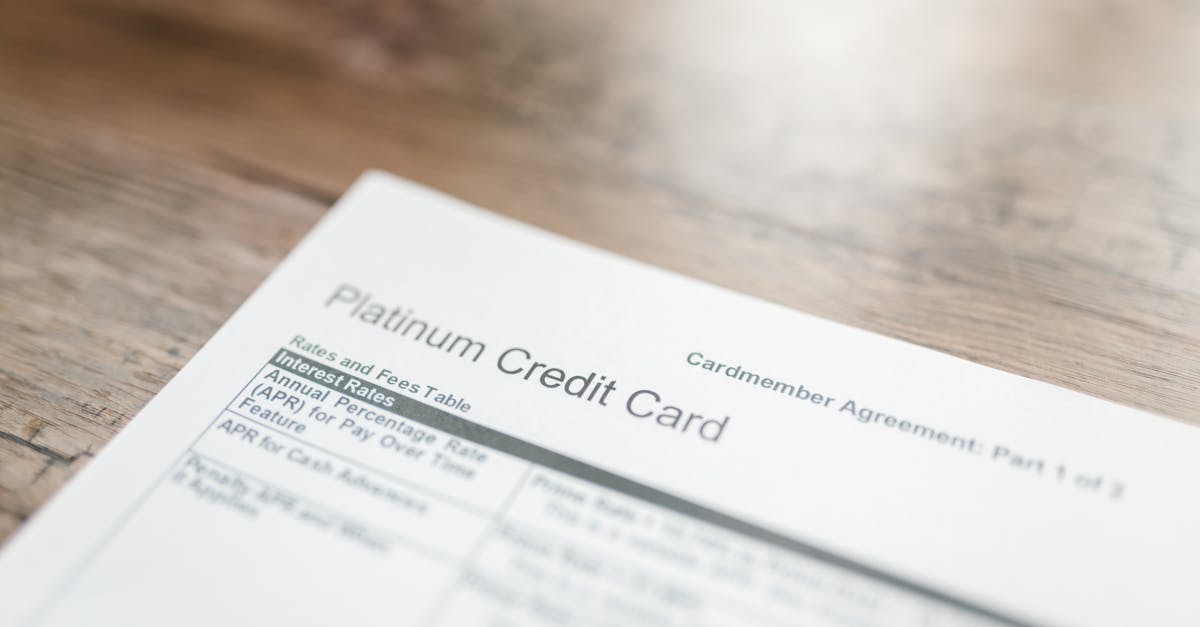
Advertisement
High Interest Rates and Their Effects
High interest rates often lead to increased mortgage rates, resulting in higher monthly payments for homebuyers. This rise in cost can dampen a buyer's purchasing power, reducing overall demand for real estate. As the pool of potential homebuyers shrinks, sellers might be forced to lower prices to attract buyers, leading to a decline in property values. Additionally, high interest rates might deter property investors, given the elevated cost of financing investments. For renters, this could mean a potential rise in rental demand as potential buyers are sidelined, affecting the rental market dynamics. Thus, high interest rates can create a ripple effect across the real estate landscape.
Advertisement
Low Interest Rates and Market Stimulation
Conversely, when interest rates are low, they make borrowing cheaper and more attractive for homebuyers and investors. This situation can stimulate demand in the housing market, often leading to a surge in property purchases. Easier access to mortgages enhances affordability, drawing more buyers into the market. Sellers can capitalize on this increased demand by raising prices, driving up property values. Additionally, lower rates can encourage refinancing, allowing homeowners to reduce their monthly payments or cash out some equity. However, sustained low rates might also create market overheating, where rapid appreciation raises concerns about affordability and potential market corrections.
Advertisement
Interest Rates and Investment Opportunities
Changes in interest rates can also present unique opportunities and challenges for real estate investors. Lower rates typically mean cheaper loans, allowing investors to finance property purchases more efficiently. Higher demand can also drive rental yields as more individuals turn to renting, given homebuying challenges. On the downside, prolonged low rates may compress yields, especially if property values skyrocket while rental income remains stagnant. On the other hand, high interest rate environments might limit investment prospects due to increased financing costs but could present distressed acquisition opportunities in a cooling market. Thus, investors need to keenly adapt their strategies according to rate trends.
Advertisement
Regional Variations in Interest Rate Impact
The impact of interest rates on real estate values can vary significantly across different regions. In high-demand urban areas, even moderate interest rate hikes might have negligible effects due to perpetual demand and limited supply. Conversely, in rural or suburban markets, rate changes may drastically affect affordability and demand. Furthermore, states or cities with diverse economic bases might better absorb impacts compared to those heavily reliant on specific industries. Understanding regional dynamics allows market participants to better anticipate changes in property values and take informed actions based on local conditions.
Advertisement
Interest Rates and Housing Affordability
Housing affordability stands at the crux of the interest rate and real estate value discussion. As interest rates climb, the affordability index tends to drop, constraining the ability of first-time buyers to enter the market. This shift can exacerbate housing inequality, making homeownership a distant dream for many. On the flip side, lower rates boost affordability, but the resultant escalated demand may shrink inventory, thus pushing prices upwards. Policymakers often face the challenge of balancing rate decisions with affordability considerations to promote a healthy real estate market. Effective policy-making can help maintain equilibrium in the housing sector amidst interest rate fluctuations.
Advertisement
Investor Sentiment and Economic Outlook
Investor sentiment is closely intertwined with interest rates and the anticipated economic outlook. When central banks signal rate hikes, investor confidence might waver, espousing caution in real estate investments. Conversely, rate cuts or stable economic forecasts can renew optimism, spurring increased real estate activity. Investor psychology plays a vital role during transitional interest rate phases, with market expectations sometimes influencing decision-making more than tangible rate changes. A clear understanding of the macroeconomic landscape allows investors to decode market signals effectively and make prudent real estate investment decisions, irrespective of rate directions.
Advertisement
The Broader Economic Connection
Interest rates are a reflection of an economy's health, and their impact extends beyond real estate. Changes in rates often have repercussions across various economic sectors, including employment, consumer spending, and business investment. A healthy economic outlook can bolster consumer confidence, sustaining real estate demand even amidst fluctuating rates. Conversely, economic downturns might dampen real estate activity as buyers prioritize financial prudence over purchasing decisions. The interconnectedness of interest rates and overall economic health underscores the importance of maintaining balanced growth strategies that support diverse sectors, including real estate.
Advertisement
Conclusion and Future Outlook
Interest rates wield significant power in shaping real estate markets and influencing property values. Their fluctuations create ripples of opportunity and challenge across buyers, sellers, and investors. While low rates can fuel market growth and affordability, high rates might temper demand and influence pricing. Regional dynamics further add complexity, requiring tailored strategies for different market environments. As rates continue to fluctuate, constant vigilance and an understanding of connecting economic elements are vital for anyone involved in real estate. Looking ahead, the future interplay between interest rates and real estate values will likely remain dynamic, requiring market participants to adapt to changing economic landscapes.
Advertisement


